
Lamps and Lighting: 7 Inspiring Ways to Illuminate Your Space
Lamps and Lighting are the foundation of a cozy, well-designed space—offering warmth, functionality, and style in every corner. In this guide, we’ll explore how to layer light, choose fixtures, and use creativity to elevate every room.
Key Takeaways
- Layer ambient, task, and accent lamps for depth and flexibility in mood and function.
- Use dimmers, warm LED bulbs, and thoughtful positioning to create a relaxing ambiance.
- Vary lamp heights, use shade textures, and embrace shadows to enhance visual interest.
- Update style trends with decorative lampshades and custom fixtures to match your decor personality.
- Balance utility with design—your lighting should inspire as much as illuminate.
Why Layering With Lamps and Lighting Matters
Layering light isn’t just a trend—it’s the secret sauce behind comfortable, lived-in interiors. Think of your lighting like layers of clothes: a cozy sweater (ambient), a task-driven jacket (task), and a stylish scarf (accent). When combined, they create a sense of depth, warmth, and style.
- Ambient lighting—your room’s basic brightness—can come from ceiling fixtures, floor lamps, or wall uplights.
- Task lighting supports specific activities, like bedside reading or desk work—check out our reading lamp guide.
- Accent lighting highlights special features—artwork, architectural details, or decorative objects.
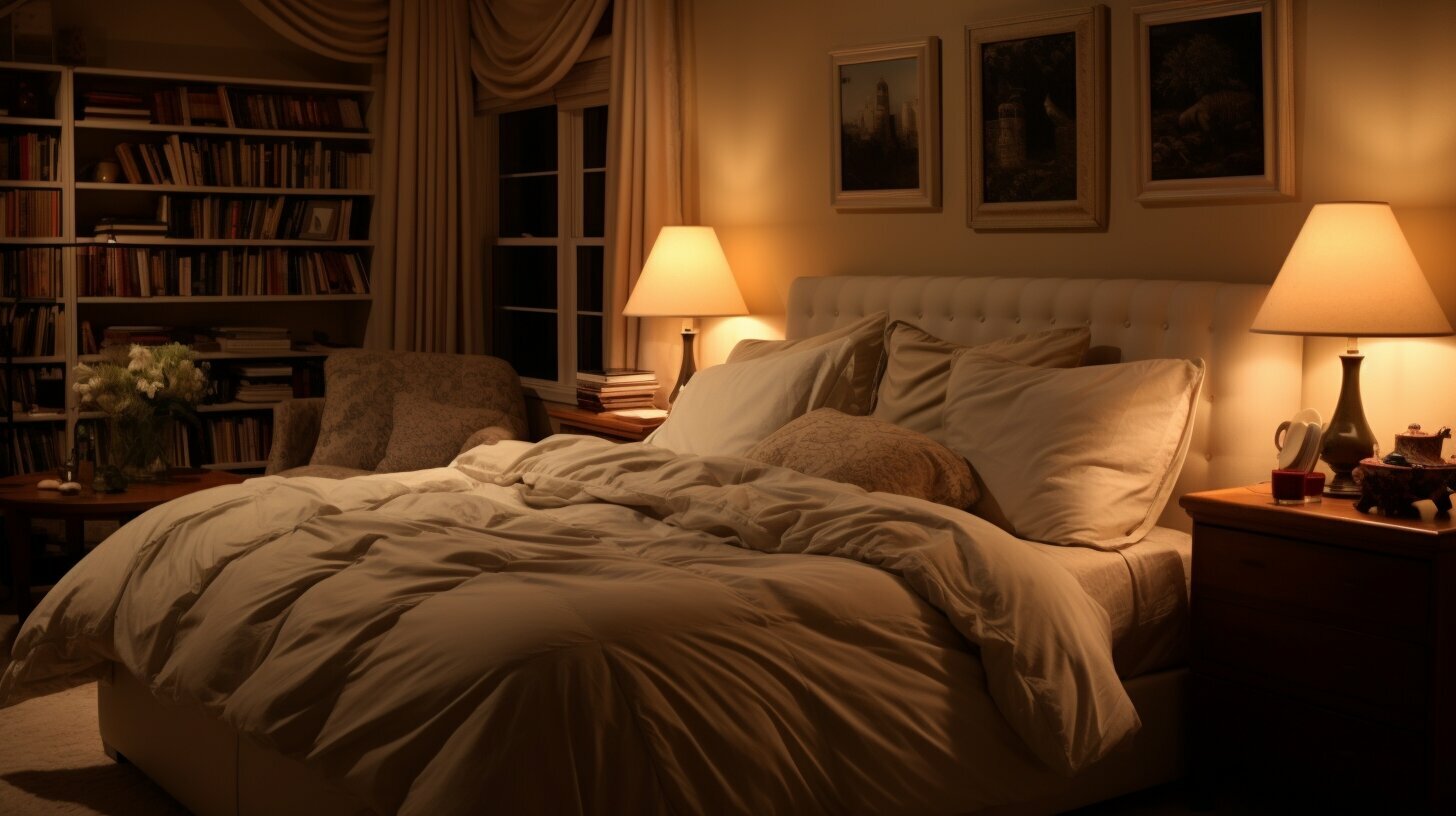
By blending these three layers, you achieve a dynamic, flexible lighting design. It lets you adjust the mood for morning wake-up, afternoon focus, or late-night relaxation with ease. That’s why layered lamps and lighting matter: they tailor brightness and vibe to your rhythm.
1. Ambient Lighting: Setting the Mood
Ambient lighting provides the gentle glow that makes a room feel comfortable—a “big hug” of light. Here’s how to fine-tune it:
- Ceiling fixtures: Pendant lights, flush mounts, and chandeliers work well.
- Warm LEDs: Use bulbs rated 2700–3000 K.
- Dimmers: Install dimmer switches to easily shift ambiance.
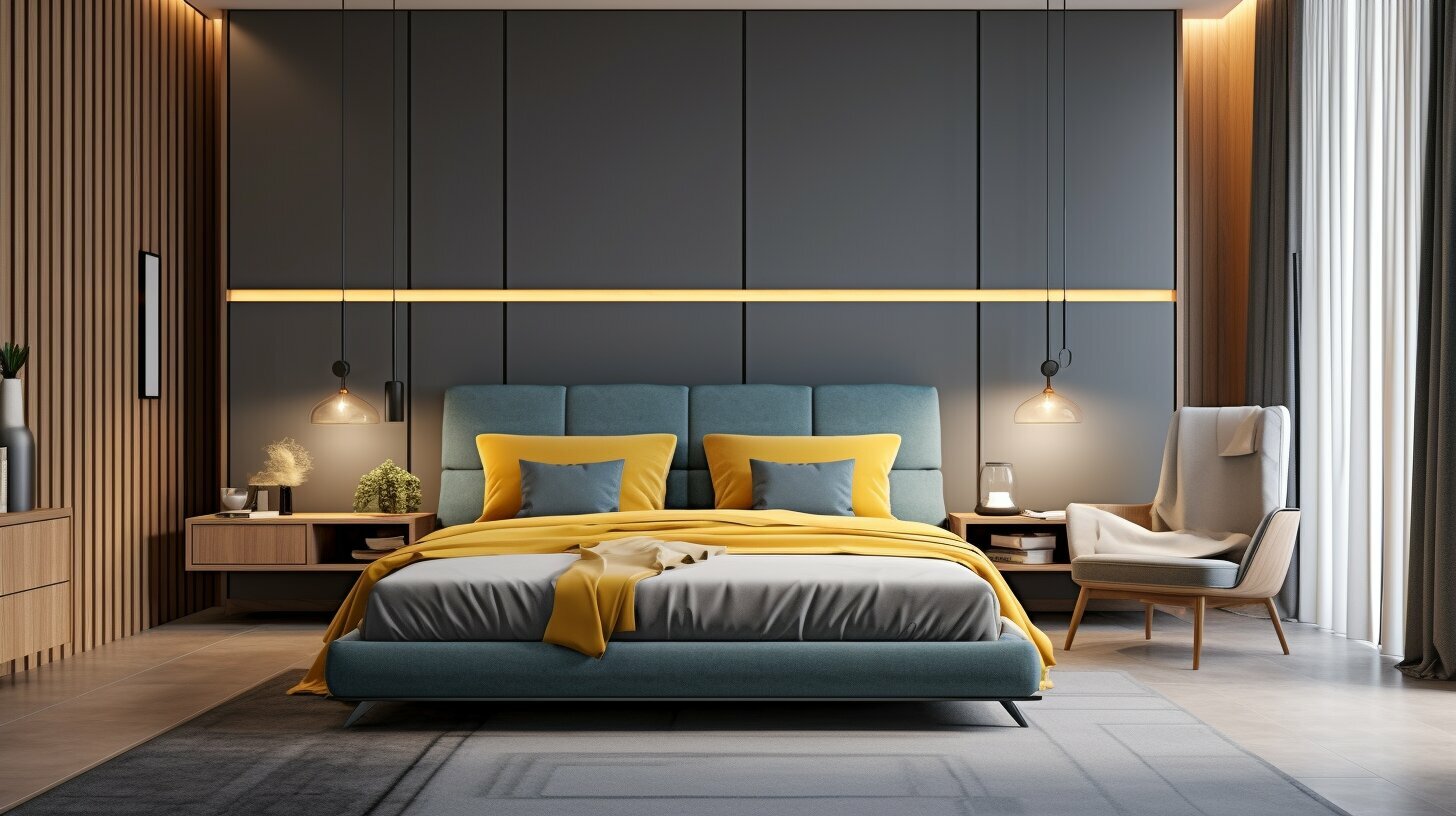
Example: In one client’s bedroom, we swapped a harsh overhead fixture for a sculptural pendant on a dimmer and added wall wash uplights—instantly transforming a sterile space into a spa-like retreat. The takeaway? Thoughtful ambient lighting sets the tone for comfort and relaxation.
Need more ideas? Explore The Spruce’s lighting guide for expert advice.
2. Task Lighting: Focused & Functional
Task lighting shines where you need it—be it reading, working, crafting, or applying makeup. Good task lighting reduces eye strain, boosts productivity, and enhances comfort.
- Table lamps: Adjustable swing-arm or swivel-head lamps are perfect by the bed or sofa.
- Desk lamps: Look for gooseneck arms or 4000K neutral white bulbs for clear visibility.
- Floor lamps: Use arc or clamp models in smaller spaces for functional flair.
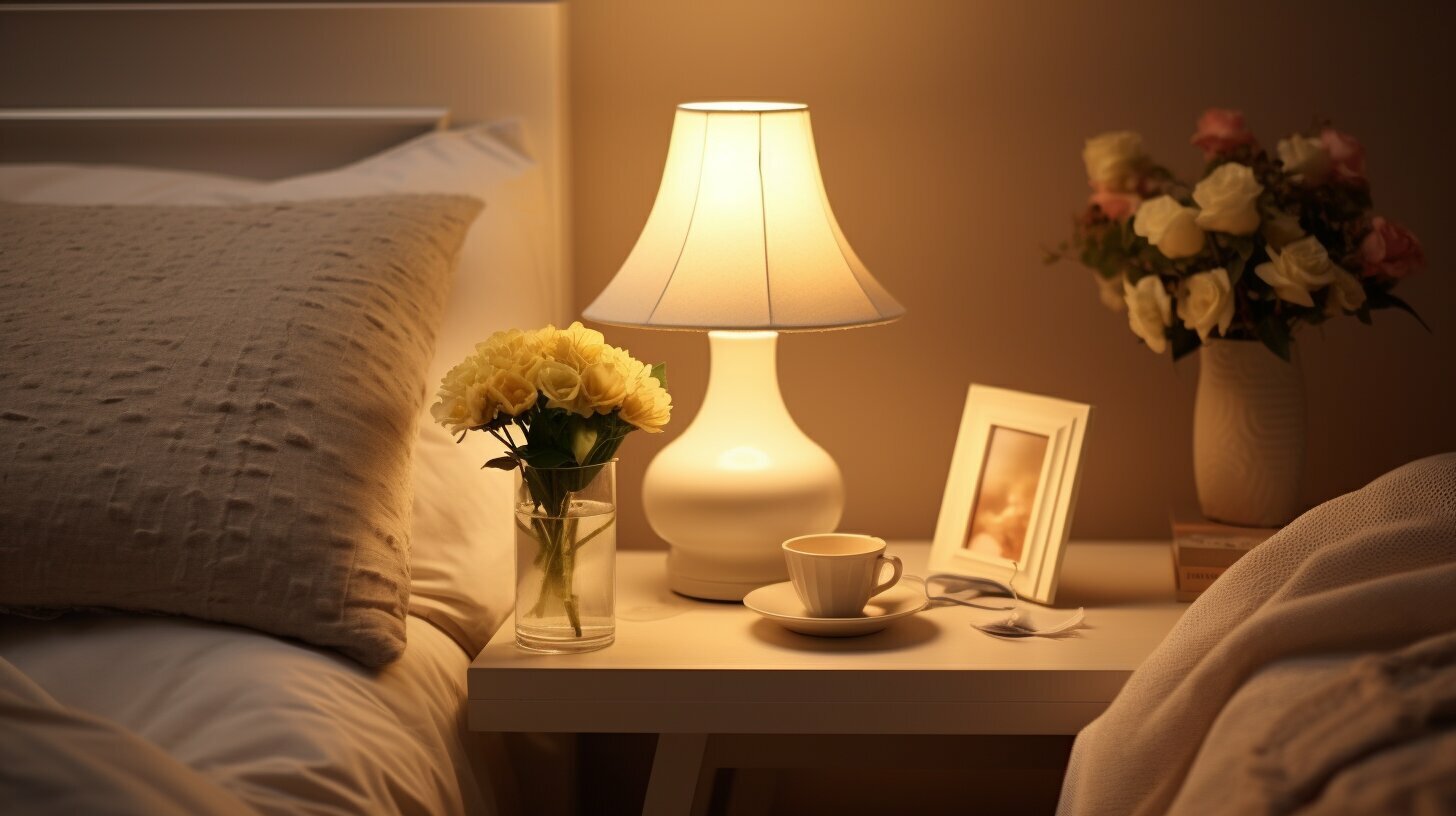
Example: A writer’s studio outfitted with a brass swing-arm table lamp and a tall tripod floor lamp by a reading chair reduced their eye fatigue by 60%, making writing marathons a joy. The lesson? Good task lighting supports your routines and passions.
3. Accent Lighting: Highlight & Decorate
Accent lighting plays artist: it spotlights your favorite pieces and bathes them in flattering light.
- Wall sconces: Use uplights to emphasize wall textures or downlights for reading nooks and bedside flare.
- Picture lights: Highlight art, framed photos, or mirrors—LED picture lights deliver glow without glare or heat damage.
- Mini uplights: Hidden LED strips under floating shelves or behind crown molding create a soft halo of sophistication.
Tip: Place sconces or picture lights 12–18″ above your piece to avoid hot spots and maximize even illumination. This soft spotlight treatment highlights art and adds high-end ambiance.
For inspiration, check out Architectural Digest’s room lighting ideas.
4. Positioning Lamps and Lighting for Best Effect
How you position your lamps and lighting can make or break a space. Follow these guidelines:
- Eyelvl alignment: Place bedside lamps so the center is around eye level when seated (approx. 48–54″ from floor).
- Corner balance: Corner floor lamps fill dark spaces and reduce harsh ceiling shadows.
- Wall height: Mount sconces ~60–66″ up to softly light without glare.
- Angle for drama: Adjust beams of light to sculpt a room—aim upward to soften, downward to focus, or sideways to highlight textures.
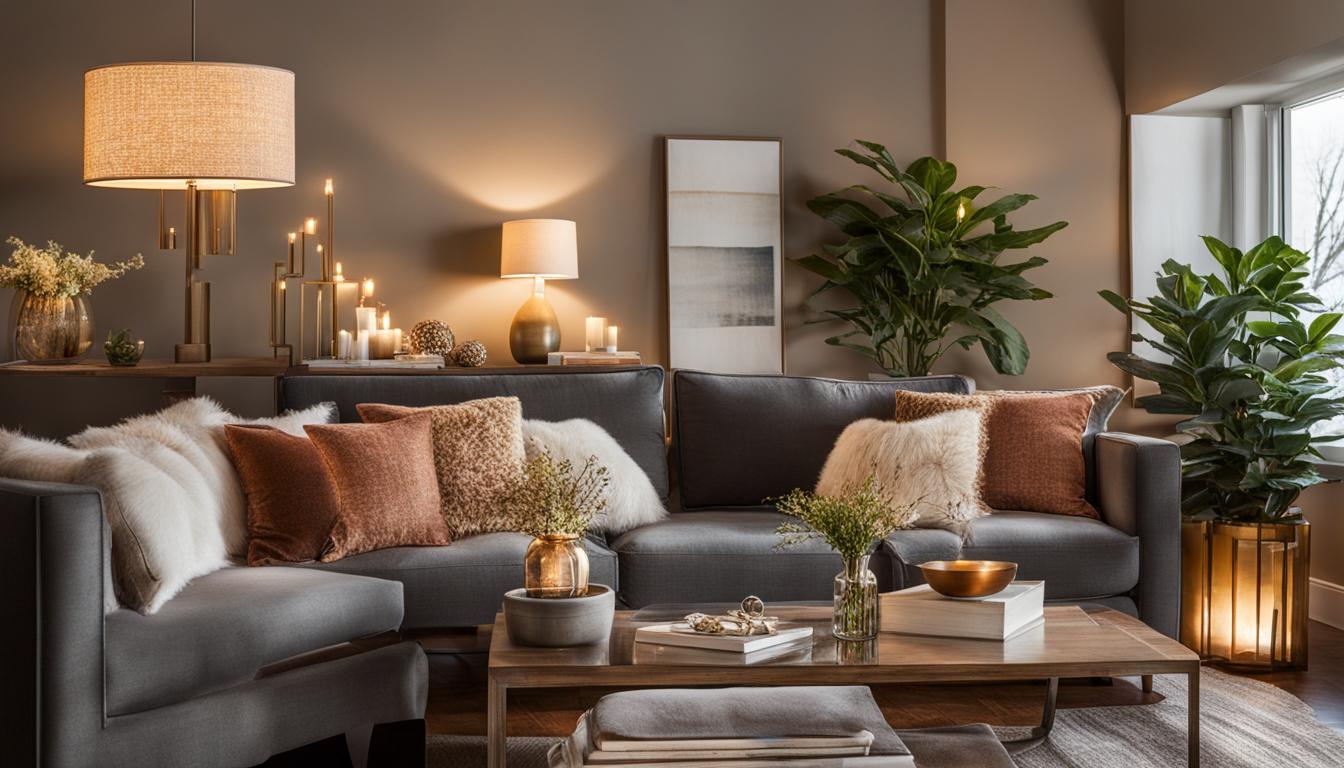
Example: By tilting a textured lampshade slightly off-center above a cozy armchair, one homeowner created dancing wall shadows—they loved how the light felt alive. Correct positioning lets your lighting breathe life into your rooms.
For step-by-step transformation, read our bedroom lighting makeover guide.
5. Embrace Shadows for Depth and Texture
Shadows are the other half of light. They define shapes, create drama, and invite intrigue. Think of shadows like contour makeup for your room—they enhance depth and character.
- Perforated shades: Look for shades with cutouts or weave that cast patterned shadows, adding a touch of whimsy.
- Layered heights: Mixing heights from table, floor, and wall lamps interplays light and shadow organically.
- Adjustable heads: Reading lamps that you can tilt toward the floor or wall add moody dimension.
Explore more real-life styling in Apartment Therapy’s bedroom lighting inspiration.
6. Lampshades: Small Touches, Big Impact
Often overlooked, lampshades are design’s unsung heroes—they define how light behaves and how spaces feel. A well-chosen shade can turn an ordinary bulb into centerpiece mood lighting.
- Fabric shades: White linen or cotton diffuses light gently. Patterned fabrics can bring pops of color or texture.
- Metallic & glass: Brass, copper, or tinted glass direct downward light for sleek, bold styling.
- Custom sizes: Square bases look best with square shade profiles. Taller base = shorter shade; wider base = wider shade.
- The 2/3 rule: Shade height should be ~2/3 of the lamp base height for balanced proportion.
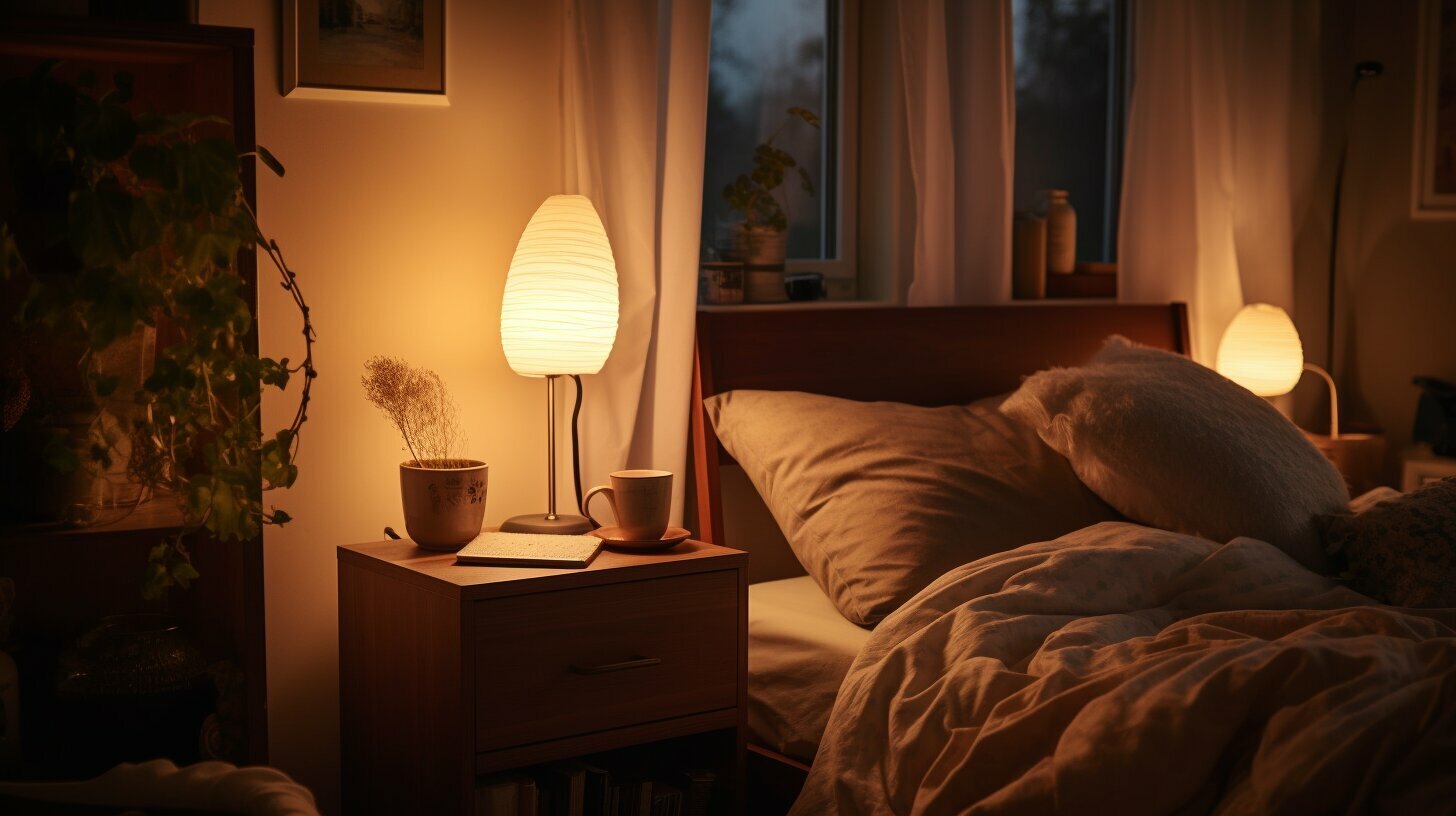
7. Custom Lighting Solutions
Custom lighting adds personality and exclusivity—perfect for homes that tell a story. These fixtures can be tailored in:
- Color finishes: Matte black for urban minimalism, brushed gold for classic glam, or soft pastels for nursery charm.
- Size & scale: Oversized pendants over dining tables or tiered chandeliers in vaulted ceilings create dramatic focal points.
- Smart controls: Program multi-scene systems—bright for morning, dimmed for evenings, and night-soft for late-night bathroom runs.
Bringing Together Function and Fashion
The magic of great room lighting lies where practicality meets style. Lamps and lighting should be both tools and treasures—serving your life while enriching your aesthetic.
- Style synergy: Mix streamlined mid-century bases with modern geometric shades or go boho with textured wicker bases and vibrant fabric shades.
- Consistency matters: Select a signature finish (black, brass, white) and repeat across fixtures for cohesion.
- Practical elegance: Include at least one functional hidden light like a recessed night light or closet sensor to balance the decorative pieces.
FAQ
What bulb should I use in lamps and lighting for a cozy mood?
Opt for warm LED bulbs in the 2700–3000 K range—they mimic the comforting tone of incandescent light and use far less energy, making them ideal for relaxed spaces.
How many light sources should I include in a room?
Aim for at least three: an ambient fixture for overall light, a task lamp for activities, and an accent light to highlight features. More layers bring richness and adaptability.
Can lampshades affect light quality?
Absolutely—fabric shades soften light, while glass or metal shades direct illumination. Choosing shape, color, and material thoughtfully shapes the room’s mood.
Learn more in cozy bedroom lighting ideas, energy‑saving lighting guides, and how to choose the right lightbulb.
When layering lamps and lighting, you’re crafting both comfort and ambiance. Thoughtful placement, soft bulbs, quality shades, and custom touches turn mere illumination into a personal sanctuary that supports your lifestyle and aesthetic.
